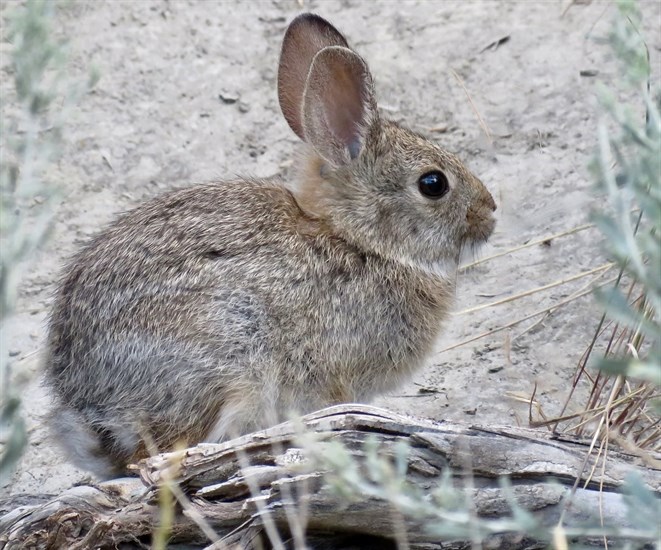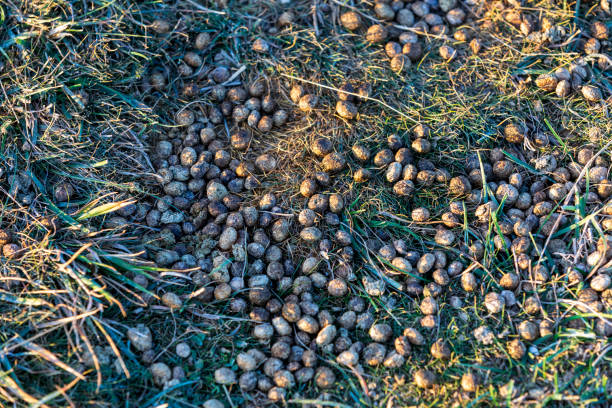Elevate your local knowledge
Sign up for the iNFOnews newsletter today!

It took only two days for a farmer from 100 Mile House to sell her supply of rabbit manure after posting the offer to a Kamloops gardening group on social media.
Annie Michaloski will be delivering the pellets to happy Kamloops gardeners in early December.
“I usually have people come to my house and take it all and thought maybe a bigger city might want some,” she said in a message to iNFOnews.ca. “This was my first post about selling it by the bag and was surprised it went so fast.”
Rabbit manure is known in the gardening world as black gold for its beneficial nutrients and easy application, and it isn’t often carried at garden centres. iNFOnews.ca called three major local gardening centres and none of them carry the nutrient-rich gold because it is difficult to source with very few rabbit farms in the province.

Kamloops gardener Jenna Nicklas was able to secure a couple of bags from Michaloski.
She’s been growing vegetables for eight years and puts manure into her garden every spring, typically aged cow or horse manure from her parents’ small ranch.
“I was glad I could get my hands on rabbit manure and it was decently priced, of course I was going to scoop that up,” she said. “Rabbit manure isn’t as easy to come by as other forms of manure.”
The rabbit manure contains high levels of nitrogen, phosphorus and potassium, the three primary nutrients needed to support plant growth, according to The Garden Magazine. The organic matter in rabbit manure improves soil aeration, water retention and drainage, while boosting beneficial microbial activity in the soil.
It’s also a cold manure, which means it can be put directly onto gardens without the risk of burning plants. It’s safe to scatter the pellets around plants or mix it into the soil including during the growing season to give plants a quick dose of nutrients. The pellets are odourless and clean, and relatively dry so they’re easy to collect and spread.
“Some manures like from chickens and cows have to be aged or they’ll damage plants,” Nicklas said. “You have to let it sit in a pile and cure for awhile.”
Michaloski said mixing the pellets with hay or straw ahead of time creates insulation and melting snow takes nutrients down into the dirt to produce strong plants in the spring.
Want to share your thoughts, add context, or connect with others in your community?
You must be logged in to post a comment.
One response
Wow, who knew